Introduction
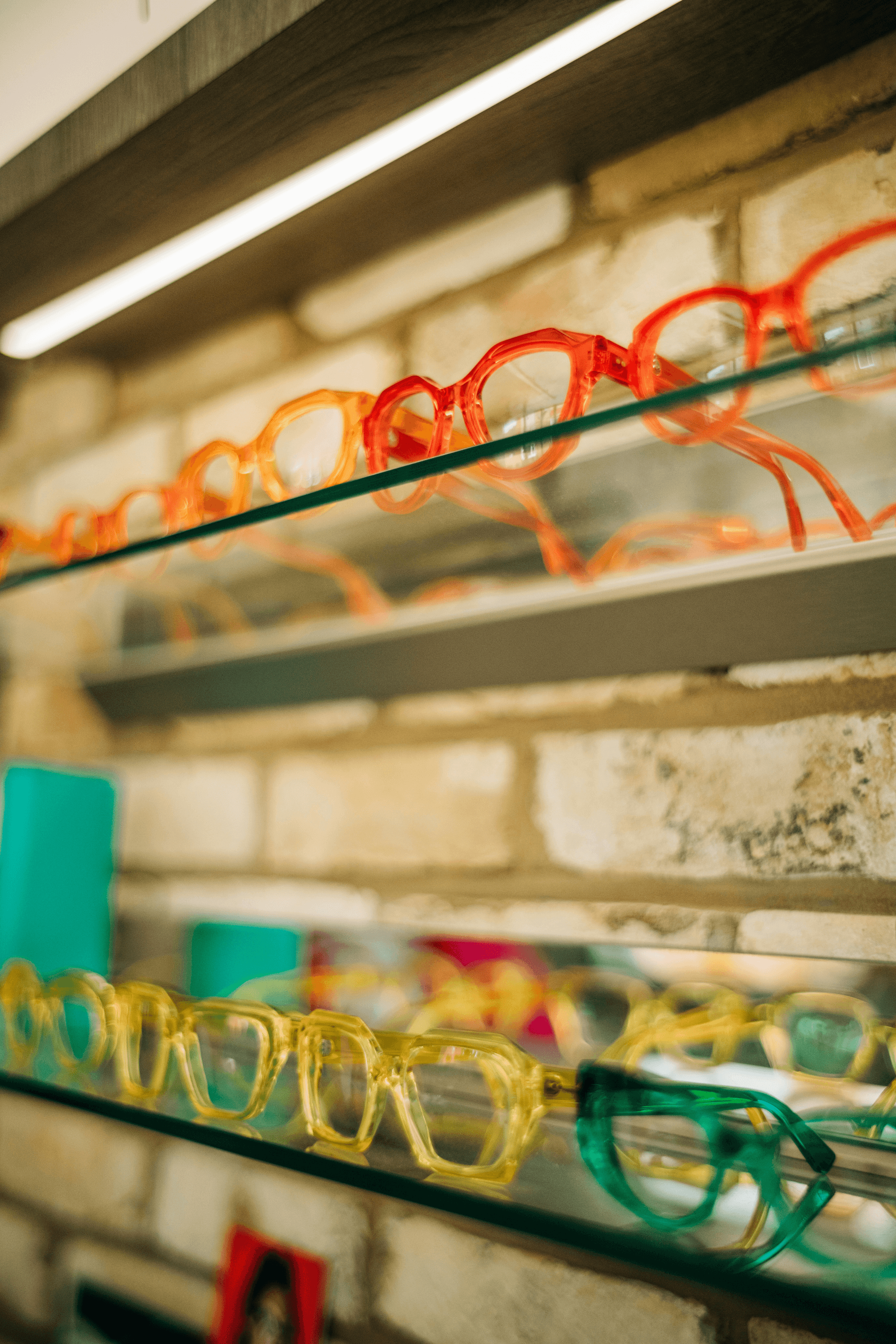
In the ever-evolving world of eyewear, plastic glasses frames have emerged as a popular choice for both style and functionality. These frames are not only lightweight but also offer an array of colors and designs that cater to every individual’s taste. But what are plastic glasses frames made of? Understanding the materials and manufacturing processes behind these frames is essential for anyone looking to make an informed choice about their eyewear.
Discovering Plastic Glasses Frames
Plastic glasses frames have revolutionized the optical industry by providing a blend of comfort, durability, and aesthetic appeal. As you explore the options available, you'll find that these frames come in various styles, making them suitable for casual wear or formal occasions alike. The versatility of plastic frames means they can be tailored to meet diverse fashion preferences while ensuring practicality.
Unraveling Key Materials Used
When diving into the specifics of what are plastic glasses frames made of, it's crucial to highlight some key materials like acetate, polycarbonate, and nylon. Each material brings its unique properties to the table—acetate offers vibrant colors and patterns, while polycarbonate is known for its impact resistance. Understanding these differences can help you choose a frame that aligns with your lifestyle and needs.
Understanding the Manufacturing Process
The journey from raw materials to finished eyewear involves intricate manufacturing processes that shape both quality and design flexibility. Knowing how to tell if glasses are acetate or plastic can be beneficial when shopping for new pairs; different materials undergo distinct production methods that affect their final appearance and feel. Additionally, being aware of how different plastics impact durability will prepare you for questions like What are the disadvantages of plastic frame eyeglasses?
What Are Plastic Glasses Frames Made Of
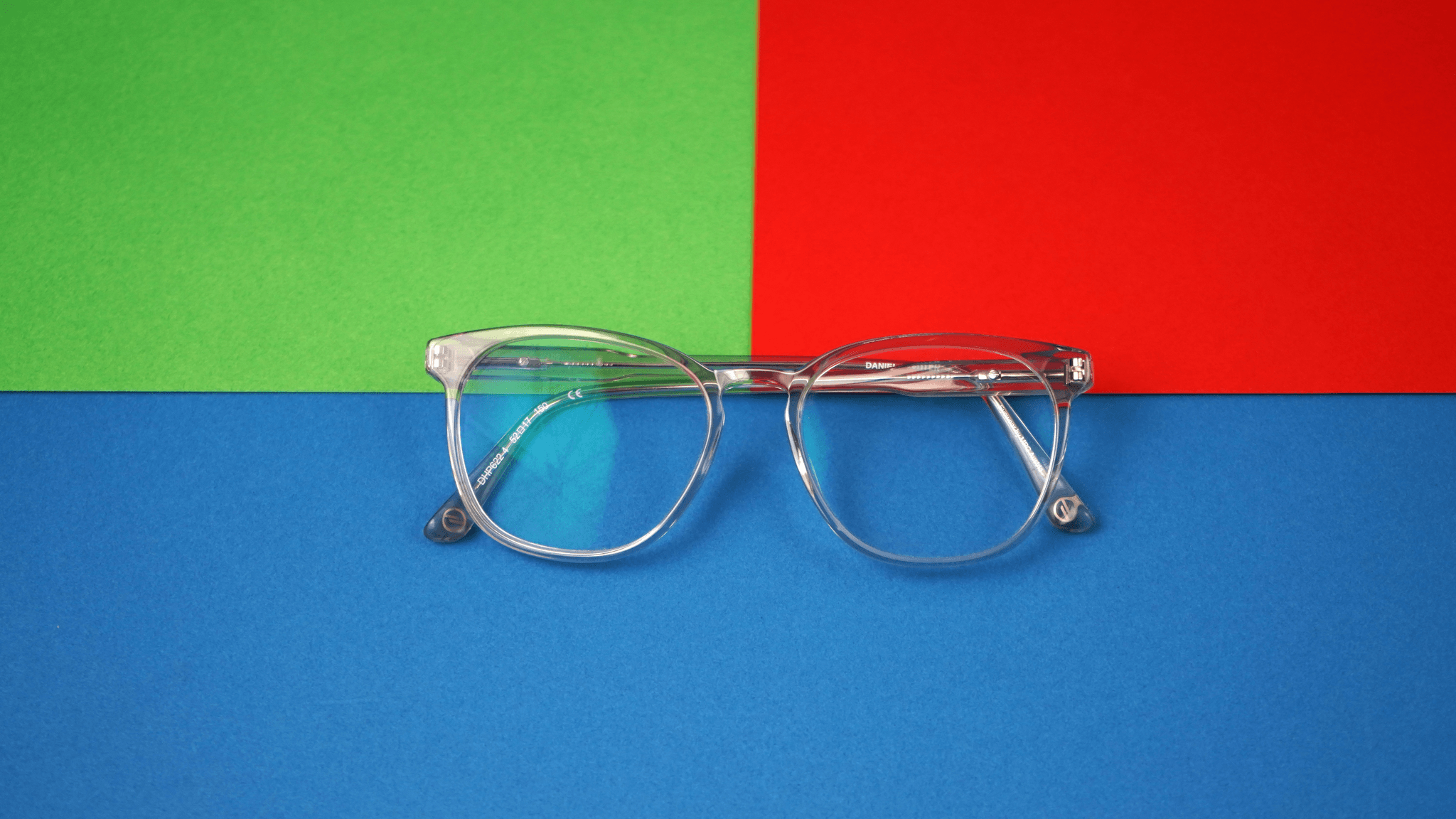
Overview of the Most Common Materials
The most common materials for plastic glasses frames include acetate, polycarbonate, and nylon. Acetate is known for its vibrant colors and patterns while being lightweight and comfortable to wear. On the other hand, polycarbonate is recognized for its strength and impact resistance—ideal for active lifestyles—while nylon offers flexibility that can adapt to various face shapes.
Understanding how to tell if glasses are acetate or plastic can be tricky; however, knowing these primary materials helps narrow it down significantly. Each material has unique properties that affect not only aesthetics but also functionality in everyday use. As you consider your options, keep in mind that these differences can greatly impact your experience with your eyewear.
Spotlight on Acetate
Acetate is a plant-based material that stands out due to its rich color possibilities and ability to be molded into various designs. It’s often favored by designers looking to create unique eyewear styles that make a statement—perfect for those who want their frames to reflect their personality! Additionally, acetate is lightweight yet durable enough for daily wear.
A key advantage of acetate frames is their comfort; they tend not to irritate skin and fit snugly without excessive pressure on the nose or ears. However, it's essential to recognize what are the disadvantages of plastic frame eyeglasses as well; while acetate offers beauty and comfort, it can be prone to scratches if not cared for properly. So when you're choosing your next pair of glasses, consider how style meets practicality!
Exploring Polycarbonate and Nylon
Polycarbonate lenses are known primarily for their exceptional impact resistance—making them ideal for sports enthusiasts or anyone prone to dropping their glasses! This material is lighter than traditional glass lenses but still provides excellent optical clarity without compromising on safety features. If you're wondering how you can tell if your glasses are plastic or polycarbonate specifically, look out for labels indicating polycarbonate or test them with a scratch test since they tend to resist scratches better than standard plastics.
Nylon frames bring another layer of versatility thanks to their flexibility; they can bend without breaking! This quality makes them suitable for active individuals who need eyewear that can keep up with an energetic lifestyle without sacrificing comfort or style. As you navigate through options like these at places such as Daposi—where innovative designs come alive—you’ll find an array of choices tailored just right for you!
Color and Design Versatility

The world of plastic glasses frames is a vibrant tapestry of colors and styles, allowing wearers to express their individuality. When exploring what are plastic glasses frames made of, one quickly realizes that the materials used not only determine durability but also influence color possibilities. This versatility makes plastic frames a popular choice among fashion-forward individuals seeking both functionality and flair.
How Color Choices Affect Frame Styles
Color choices can dramatically affect the overall style of plastic glasses frames, transforming them from simple accessories into statement pieces. Bright colors can evoke a playful or youthful vibe, while muted tones may convey sophistication and elegance. For those wondering how to tell if glasses are acetate or plastic, the color richness often indicates the frame's material; acetate tends to offer deeper hues compared to standard plastics.
The Role of Material in Design Flexibility
The material used in crafting plastic glasses frames plays a crucial role in design flexibility and innovation. Acetate, for example, is known for its ability to hold intricate patterns and vivid colors, making it a favorite among designers looking to create unique eyewear pieces. Additionally, understanding how can I tell if my glasses are plastic or polycarbonate becomes easier when considering design; polycarbonate typically offers more lightweight options but may lack some aesthetic variety seen in acetate designs.
Examples of Unique Frame Designs
There’s no shortage of unique frame designs available today that showcase the endless possibilities within the realm of plastic eyewear. From oversized geometric shapes to retro cat-eye styles adorned with colorful patterns, these frames cater to diverse tastes and preferences. As consumers become more aware of what are the disadvantages of plastic frame eyeglasses—such as potential durability issues—designers continue pushing boundaries with innovative concepts that marry style with sustainability.
How to Tell If Glasses Are Acetate or Plastic
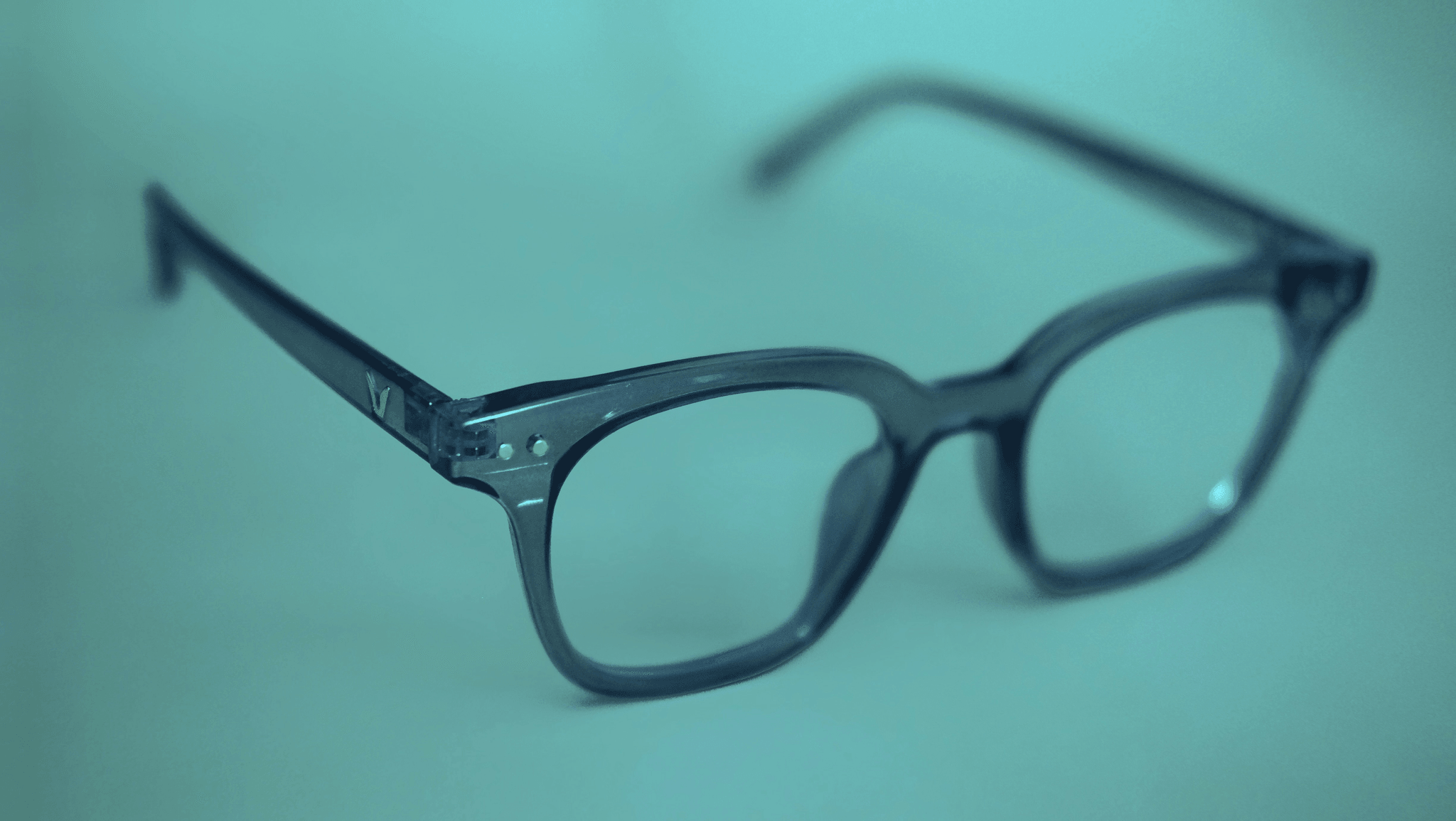
Visual and Textural Clues
One of the easiest ways to distinguish between acetate and standard plastic frames is through visual and textural examination. Acetate generally has a more vibrant color palette and often features unique patterns that give it a luxurious appearance, while typical plastic frames may appear more uniform and less visually striking. Furthermore, when you touch the material, acetate tends to feel smoother and warmer compared to the cooler sensation of regular plastic.
Additionally, if you're wondering how can I tell if my glasses are plastic or polycarbonate? Look for subtle signs like flexibility; polycarbonate frames usually have a more rigid structure than standard plastics. This tactile exploration serves as a first step in determining what your eyewear is really made of!
The Burn Test: A DIY Approach
If you're feeling adventurous and want to know definitively whether your glasses are made from acetate or another type of plastic, the burn test might be an option—though proceed with caution! To perform this test safely, cut a small piece from an inconspicuous area of the frame (if possible) and ignite it with a lighter or match. Acetate will burn with a sweet smell similar to burning paper, while other plastics may emit noxious fumes or smell like burning chemicals.
While this method can be revealing, it's important to consider that not everyone will be comfortable performing such tests on their eyewear—especially since what are plastic eyeglass lenses made of could also influence their reaction in heat! Always prioritize safety when experimenting with materials.
Comparing Weight and Flexibility
Another practical way to identify whether your glasses are acetate or standard plastic involves comparing their weight and flexibility. Generally speaking, acetate frames tend to be heavier than most typical plastics due to their density; this added weight often gives them an air of quality that many wearers appreciate. In contrast, lightweight plastic frames may bend easily without breaking but could lack that premium feel.
If you're also curious about how can I tell if my glasses are plastic or polycarbonate? Polycarbonate tends to be even lighter than regular plastics while offering superior impact resistance—a significant advantage for active lifestyles! Ultimately, understanding these characteristics will not only help you identify your eyewear but also guide you in choosing styles suited for your needs.
Identifying Plastic or Polycarbonate Frames
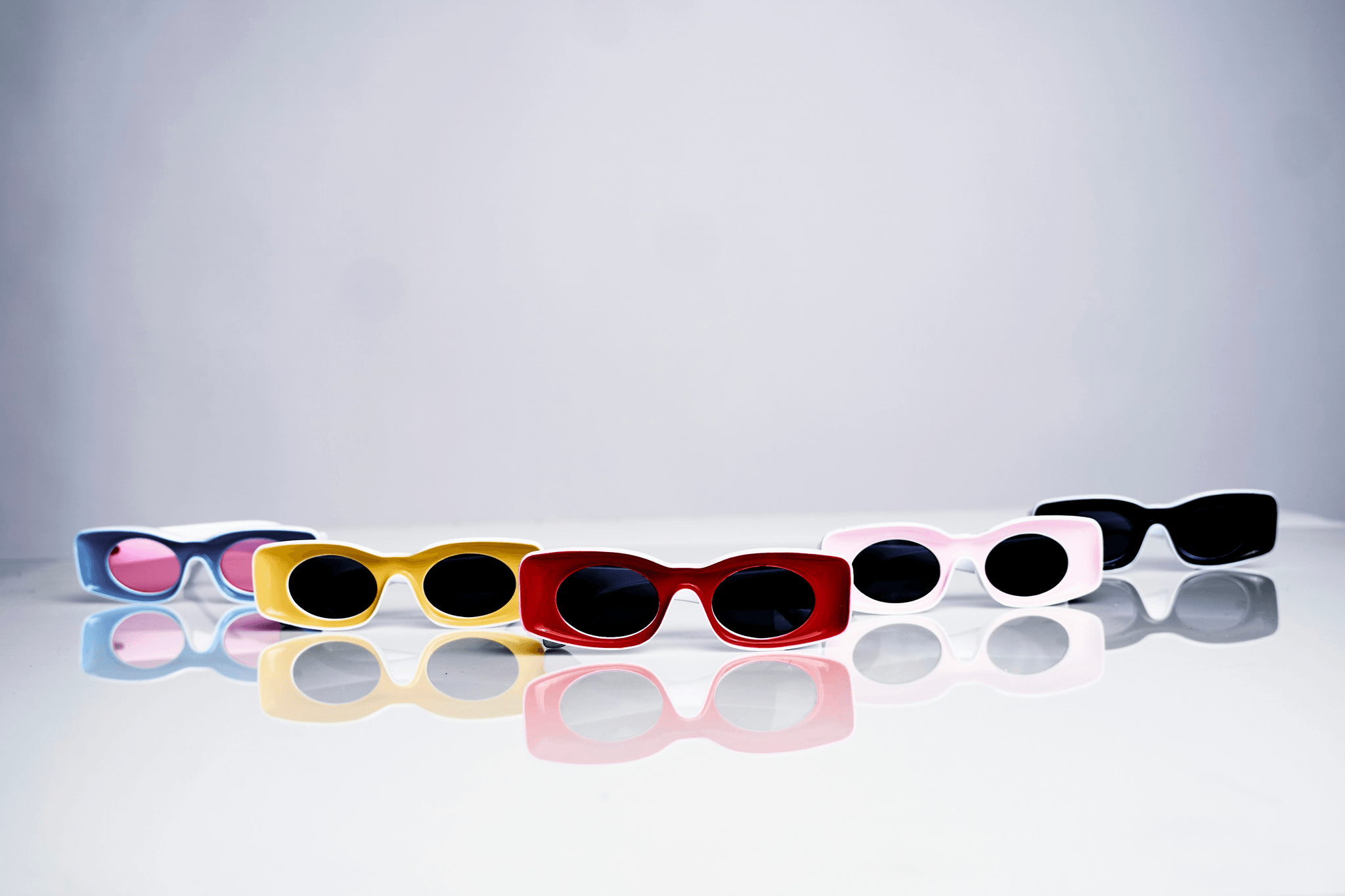
Key Characteristics of Polycarbonate
Polycarbonate frames are known for their remarkable strength and lightweight nature, making them an excellent choice for those seeking durability without the bulk. One key characteristic is their impact resistance; polycarbonate is often used in safety glasses and sports eyewear because it can withstand significant force without breaking. Additionally, polycarbonate tends to have a slightly glossy finish compared to other plastics, which can give it a more polished look—perfect for fashion-forward individuals wondering what plastic glasses frames are made of.
The Scratch Test
If you're still unsure whether your frames are made from plastic or polycarbonate, the scratch test may be a handy DIY method to try out! Using a small metal object (like a coin), gently scratch an inconspicuous area of the frame; if it leaves a mark, you’re likely dealing with standard plastic that’s more prone to scratches. On the other hand, if there’s minimal or no damage after scratching, congratulations—you’ve likely got yourself some robust polycarbonate frames that stand up well against everyday wear and tear.
Distinguishing Features of Different Plastics
Understanding how to tell if glasses are acetate or plastic involves recognizing distinct features among various types of plastics used in eyewear manufacturing. Acetate is often thicker and has vibrant color patterns due to its ability to hold dyes well; it's also more flexible than standard plastic while still being relatively durable. Meanwhile, other plastics like nylon may offer additional flexibility but might not provide the same level of color vibrancy as acetate—further complicating the question: what are plastic glasses frames made of?
In summary, recognizing these distinguishing features will not only help you identify whether your eyewear is made from common plastics or high-performance materials like polycarbonate but also guide you toward selecting styles that best suit your lifestyle.
What Are the Disadvantages of Plastic Frame Eyeglasses
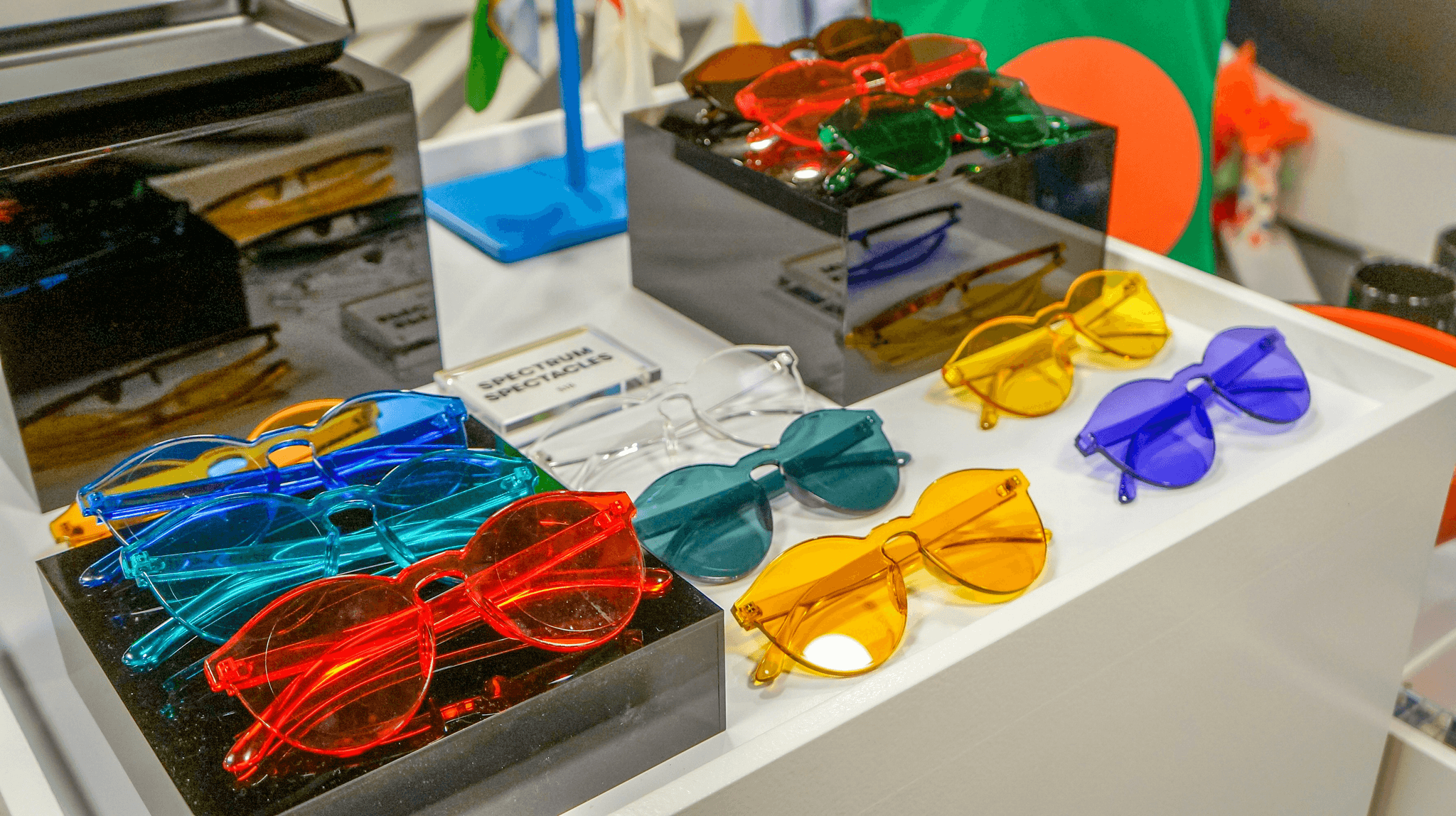
While plastic frame eyeglasses are popular for their lightweight and stylish designs, they do come with a few disadvantages that potential buyers should consider. Understanding these drawbacks can help you make an informed choice when selecting eyewear that meets your needs. Let’s dive into some of the main concerns surrounding plastic frames.
Durability Concerns
One of the primary issues with plastic frame eyeglasses is durability. Unlike metal frames, which tend to withstand wear and tear better, plastic frames can be more susceptible to cracking or breaking under stress. This raises a pertinent question: what are plastic glasses frames made of? While they may be crafted from materials like acetate or polycarbonate, these substances can still lose their structural integrity over time, especially if not properly cared for.
Environmental Impact of Plastic Frames
Another significant disadvantage relates to the environmental impact of plastic frames. The production and disposal of plastic contribute to pollution and waste in our ecosystems, raising concerns about sustainability in eyewear manufacturing. As consumers become increasingly aware of environmental issues, it’s essential to ask: how can I tell if my glasses are plastic or polycarbonate? Opting for brands that prioritize eco-friendly practices—like Daposi—can help mitigate some of these environmental effects.
Comfort and Fit Issues
Comfort is key when it comes to eyewear, yet many users find that plastic frame eyeglasses may not always provide the best fit. Some plastics can cause discomfort against the skin, especially during extended wear periods due to rigidity or lack of adjustability compared to metal options. So when pondering what are the disadvantages of plastic frame eyeglasses?, it's crucial to consider how well they conform to your unique facial structure.
In summary, while exploring your options in eyewear design—especially at innovative companies like Daposi—it’s vital to weigh these disadvantages against the benefits offered by various materials used in crafting both frames and lenses.
What Are Plastic Eyeglass Lenses Made Of

Overview of Lens Materials
The most common lens materials include CR-39 plastic, polycarbonate, and glass. CR-39 is a type of thermosetting plastic known for its lightweight nature and affordability; it's often used in prescription glasses. Polycarbonate lenses are even lighter and more impact-resistant, making them ideal for children or active lifestyles, while Trivex offers similar benefits with enhanced optical clarity.
Comparison between Plastic and Glass Lenses
When comparing plastic to glass lenses, there are several factors to consider. While glass lenses generally offer superior scratch resistance and optical clarity, they come with a hefty weight that can make them uncomfortable for prolonged wear. On the other hand, plastic lenses provide a more comfortable fit but may be prone to scratching unless treated with a protective coating.
Impact of Material on Vision Quality
The material used in eyeglass lenses significantly impacts vision quality. For instance, high-index plastics can allow for thinner lens designs without compromising strength or clarity—perfect for those with strong prescriptions asking themselves what are plastic glasses frames made of? Moreover, while polycarbonate offers excellent impact resistance suitable for safety glasses, it may slightly distort vision at the edges compared to glass options.
Conclusion
As we wrap up our exploration of plastic glasses frames, it’s clear that these versatile accessories are not just about style but also about material and sustainability. Understanding what plastic glasses frames are made of is essential for making informed choices when selecting eyewear. With innovations on the horizon, the future of plastic eyewear looks promising, blending fashion with functionality.
The Future of Plastic Eyewear
The evolution of plastic eyewear is set to continue, with advancements in materials and manufacturing processes paving the way for even greater design possibilities. As consumers become more aware of how to tell if glasses are acetate or plastic, brands will need to prioritize transparency in their materials. Expect to see a surge in eco-friendly options that cater to both aesthetic desires and environmental concerns.
Embracing Sustainability in Eyewear Design
Sustainability is no longer just a buzzword; it's a necessity in today’s fashion landscape, including eyewear design. By embracing sustainable practices, brands can address the disadvantages of plastic frame eyeglasses while still delivering stylish options for consumers. Daposi stands out by integrating innovative techniques and eco-friendly materials into their designs—making it easier than ever to choose responsibly without sacrificing style.
Choosing the Right Material for Your Needs
When selecting your next pair of glasses, consider what are plastic eyeglass lenses made of as well as the frames themselves; this knowledge empowers you to make choices that suit your lifestyle. If you're wondering how you can tell if your glasses are plastic or polycarbonate, remember that distinct characteristics exist between these materials that can influence comfort and durability. Ultimately, understanding your needs will guide you toward making an informed decision—whether that's prioritizing lightweight comfort or seeking out unique designs.
